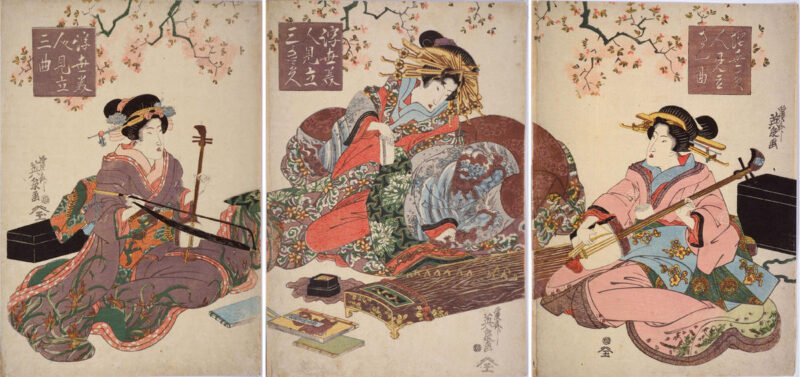
Kitanomandokoro was the first wife of Toyotomi Hideyoshi, one of the men who helped unify Japan during the Warring States period. Kitanomandokoro proves an interesting person, namely because we have her voice and can see her influence. She had a special marriage of respect and even love with Hideyoshi as evidenced by surviving letters. She knew Oda Nobunaga and lived up to the reign of the third Tokuguwa shogun, Tokugawa Iemitsu. The level of respect she had with these men may surprise you. As you may know, we rarely hear the voices of women in history. This is particularly true with Japanese history. The best known female voices we have are Sei Shonagon, Lady Murasaki, and a handful of others. And we don’t have these women’s names. Rather, we know them by their titles. Kitanomandokoro, along with Lady Nijo, are unique in that we have their names.
Kitanomandokoro was born in 1549, the second child of Sugihara Sukezaemon Sadatoshi. Her mother was Asahi; the fact we know her mother’s name is interesting, considering most women at the time were known as daughters or wives of so-and-so instead of by their names. Kitanomandokoro’s original name was Nei, which I will call her from now on to spare you and me her long name. Later in life she was renamed Kodaiin. Names often changed with a person’s change in status, and Nei had a high political status indeed.

She married Hideyoshi at 14; he was 25 years old. And they remained married for 37 years, until Hideyoshi’s death in 1598. Hideyoshi was known for continuing the work of unifying Japan started by Oda Nobunaga. Hideyoshi laid the foundation for the later Edo period. He standardized balances and weights and issued new coinage. He also set up the social framework the Tokugawa built upon. During this time, Nei remained by his side.
Nei never had children of her own. Of all the wives and concubines Hideyoshi had, only Yodo granted him children. This seems questionable from our modern perspective; it seemed likely Hideyoshi was infertile and Yodo went quietly on the side to guarantee an heir. After all, all the years Nei and Hideyoshi were married–and it was a fond marriage–Nei never became pregnant. Many of the oldest histories make much of Nei being jealous of Yodo, but the surviving letters don’t seem to support this. Nei is always shown as the first wife. Nei had 4 adopted sons and 2 adopted daughters, and Yodo’s son Hideyori often referred to Nei as his mother in his letters. He called Yodo Okaka-sama, or “mother of a baby,” and called Nei Ofukurosama, or “esteemed mother.” Hideyoshi loved Yodo but not at the same level as he loved Nei. We can’t know for certain with the evidence we have, but it seems the family remained tranquil with Nei at the head and Yodo, who was 19 years younger than Nei, taking a secondary but still respected place.
The Letters
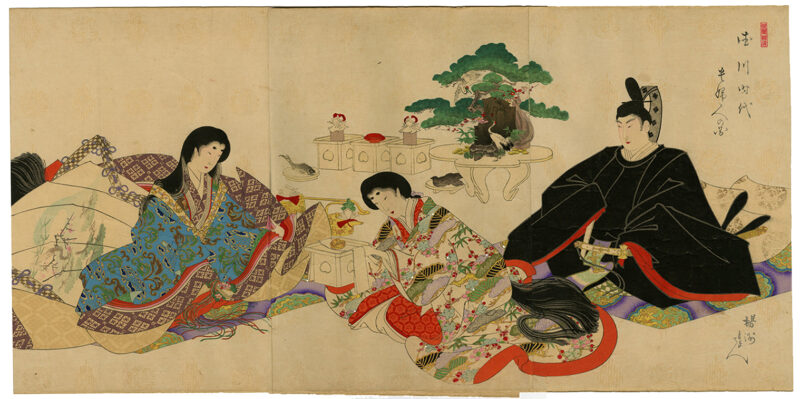
The surviving letters of Hideyoshi and Nei reveal interesting details. Nei had considerable power and often acted as Hideyoshi’s right hand. Hideyoshi wrote often to Yodo, his son, and to others in the family. However, none of these letters outlined the level of detail as his letters to Nei. These letters shared his military plans, future plans, and even sought Nei’s thoughts on different matters. She even refused to act as he told her to do. In one case, Hideyoshi wanted to raise the taxes of Nagahama, but Nei had heard many complaints from the townspeople and wrote to him, urging him not to raise the tax. He sent this letter with his decision:
Item: We felt pity for the townsmen, and exempted various duties. But they became arrogant and brought over many people from different towns. It is wrong.
Item: It is reasonable to send the people back to where they used to live [if they are not from our domain.] The people who are from Kita no Kori should not be brought over, and exempted their duties. The people take advantage of this, and secretly call over the people from everywhere. This is because I exempted tributes and various duties for the townsmen [living in Nagahama.] Thus, I reissued a new order.
Item: Although I issued a new order, since you refused it, I decided to exempt their tributes and duties in accordance with the previous order.
Please explain the detail of the course, and order the magistrates.Sincerely, Tokichiro, Hideyoshi
Twenty-second day of the twelfth monthTo Koho
I repeat: I continue to exempt the tributes and duties because you refused the raise. Please explain the detail of the course [to everybody] very well.Thank you.
Nei had no compunction about refusing her husband, and notice he respected her reasons. You will notice these letters will be addressed to women who attended Nei and to others. I surmise this was in part to throw off people in case the letters were intercepted. Hideyoshi will also sign the letters with different names. The source I have for the letters, Kitagawa’s article (2006), doesn’t speculate on this.
In any case, Nei was respected even by Oda Nobunaga who gave her a rank just below that of her husband, a rank higher than all other male vassals. He also gave her a name: Kitanomandokoro, We could understand Hideyoshi granting her such a rank, but this was before Hideyoshi took Nobunaga’s place as shogun. And this wasn’t a ceremonial rank. Kitanomandokoro had authority. The letter Hideyoshi had sent charged her (and no one else) with explaining his change in tax order.
Hideyoshi often expressed his respect and love for her. He often asked Nei to give his best regards for their adopted children; this habit helped identify letters without recipients. This letter explains how his plans had changed from a previous letter. He wanted to keep Nei abreast of events:
To Iwa (Attendant of Kitanomandokoro)
Eleventh day of the eighth month, 1585 (Tensho 13)
I am replying to another letter you have sent me.I became free from the matters in Etchu much earlier, so I sent men to Hida domain, and ordered them to govern [Hida]. And [finally, as I said,] I came to Kitanosho in order to issue the regulations in Echizen yesterday. [Since I have been dealing with Hida,] it took ten extra days. I will quickly move to Wakasa, and will make a good arrangement for Etchu, and before soon, I should be back around twenty-seventh or twenty-eighth. Please do not worry. Thank you.
Tenka from Kitanosho
P.S. I will make a strict order to the domains here to prevent any
happenings for a long time. This takes so much energy, and now I am
darker, skinnier, and have a little trouble with my eyes. I should have sent a reply to Gomoji, but due to my bad eyes, please understand [why I could not write to her]. Please give my best regard to Kingo as well.
They wrote letters frequently, but only a few survive. How do we know? In one letter Hideyoshi wrote: “You have sent me letters again and again. I have not replied to you every time one came, but I have read them all with much affection.” In fact, letters contradicts later traditional thinking about Nei: that she lost favor with Hideyoshi after Yodo become a mother:
To Koya
Date Unknown, 1589 or 1590
I read your letter. I understand that those three fools gave me sincere
apologies. It was a good occasion, so I endured [their wrong-doing] and
released them to take a rest. However, you were concerned, and also
worried about those three, and said the complaints to me. Thus, this case is referred to you. In addition, you have been quite concerned about my mood, so I refer this case to you. Thanks.Tenka
P.S. Please take a good care of your self, and don’t let me worry [about
you]. Please eat well. Don’t be unwary. Omandokoro-sama has been in a
small place, so she may feel gloomy. Please visit her often. However, if
the wind is strong, you will be cold, so you do not have to [visit her].
Please say [my best wishes] to Tsurumatsu-dono and Ohime.
And these letters also show the depth of trust Hideyoshi had for Nei:
Letter 18
To Koya,
Twenty-second day of the sixth month, 1594
During my absence, please make a firm order to keep everything working, and also be careful with the danger of fire.Fragment
To [Kitanomandokoro]
…Very soon, I shall see you and we will talk together. During my
absence, you must give orders to people, even down to the lowest, so that nothing untoward may occurTo Go-sa (Kitanomandokoro’s attendant)
First day of the seventh monthEven when I was a ronin, you were really kind. I recall it now, and
cannot forget about it. Recently, I heard that you were ill, and I am very
worried. I feel sorry, and to let you know that I am concerned, I send you
a letter right away. Thanks.Tenka
As you can see, Hideyoshi loved Nei and trusted her. Other letters also show how Nei worked independently of her husband. Her authority wasn’t only derived from him. She was respected in her own right.
The Final Years of Nei’s Life
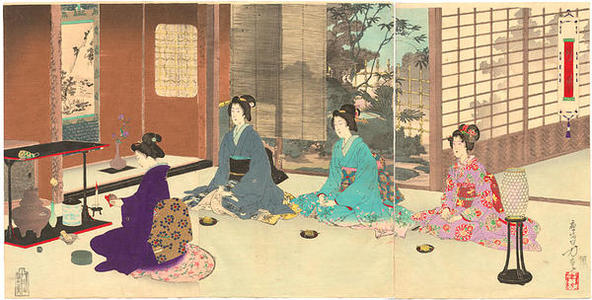
Before Hideyoshi died, he named Tokugawa Ieyasu as Hideyori’s (Hideyoshi’s son) guardian. When Ieyasu made his power grab, the Toyotomi family resisted. However, Nei supported Ieyasu and advised her family to support him too. Remember, Ieyasu, Hideyoshi, and Nei knew each other a very long time. When her husband died, Nei moved to Kyoto. Her adopted son Kobayakawa Hideaki originally fought against Ieyasu. Before the fateful battle at Sekigahara, he visited his mother with his concerns. We don’t know what she told him (other than the fact she supported Ieyasu), but Hideaki’s switch to Ieyasu’s side during the battle cemented Ieyasu’s victory and shifted the direction of Japanese history. After Ieyasu became shogun, he granted Nei the name Kodaiin and helped her build the temple of Kodaiji. She lived at the temple until her death in 1624 at 76 years old.
Her Lasting Influence
Nei was respected by three of Japan’s most important men at this junction of history: Oda Nobunaga, Toyotomi Hideyoshi, and Tokugawa Ieyasu. She held lands of her own and wielded authority second to only her husband Hideyoshi. Even Ieyasu respected her enough to grant her a new, esteemed name and help her build a temple. Nei influenced many of Hideyoshi’s decisions and even resisted the ones she disagreed with. Her support of Ieyasu influenced Hideaki to change the course of the battle of Sekigahara in favor of Ieyasu. The flow of Japanese history shifted in part because of her.
The letters we have of Hideyoshi reveal his love and trust for Nei and reveal a glimpse of her life. We think of Hideyoshi as a warlord and, perhaps, even as a tyrant, yet here we see his softer human side. The voices of history are rare. Even here, we have mainly Hideyoshi’s voice. Kitagawa (2006) mentions how only one letter is known to have survived that Nei had wrote. This makes sense. most of her letters were sent to Hideyoshi while he traveled. Yet, the picture we have of her compels. With time and luck, perhaps more of her letters will be discovered and translated. Women have had more influence upon history than our limited records reveal. And sometimes a little more of that involvement comes to light.
References
Kitagawa, Tomoko (2006) Kitanomandokoro: A Lady Samurai Behind the Shadow of Toyotomi Hideyoshi. Dissertation The University of British Columbia.
Tames, Richard (1993) A Traveller’s History of Japan.New York: Interlink Books.
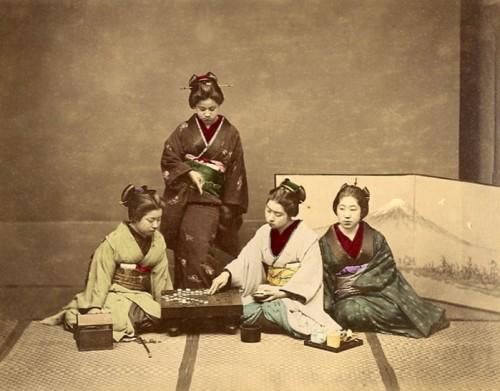
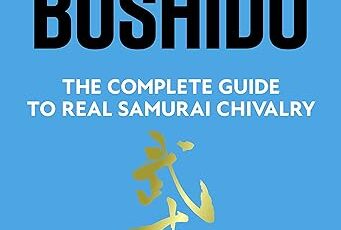
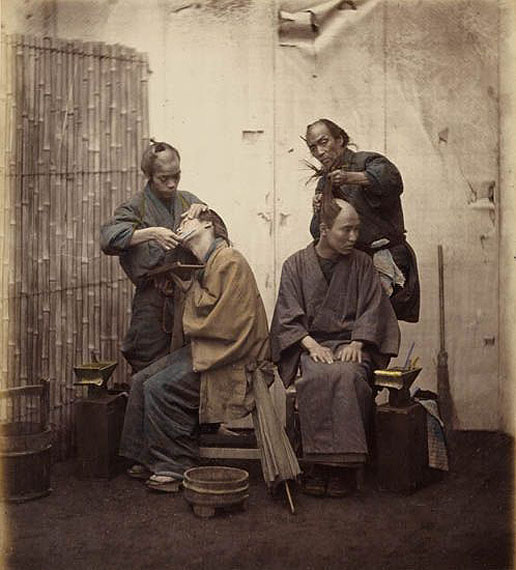
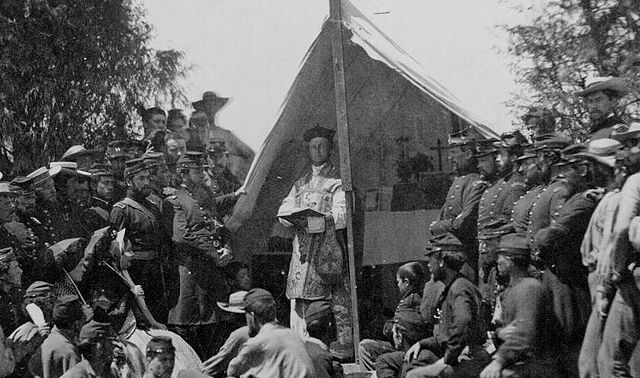
You are not correct in her name, it was not nei it was nene or in Japanese ねね。So many sites use the long name which is also not correct as that was the title name she took after her husband became the PM or head Daimyo.
Can you send me your academic source? The dissertation served as the source for her name.